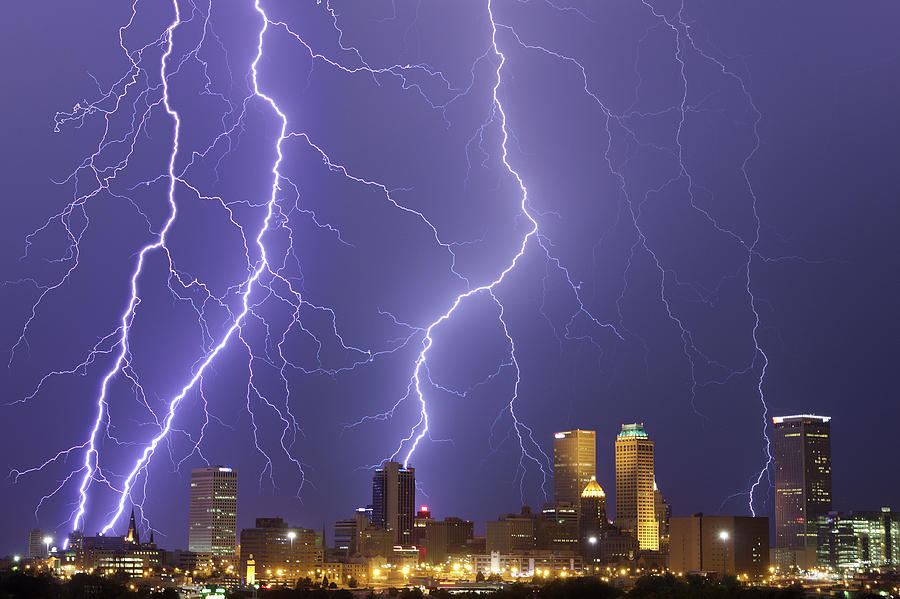aspen wrote:If none of the three AOIs currently develop, the unfavorable MJO phase will likely halt development for weeks, and September will have had just 3 NS — lower than every other season of the current active stretch. Sept 2021 would be the weakest since 2016 despite Larry; 2017 had multiple long-trackers while 2018, 2019, and 2020 had other significant storms like Helene, Leslie, Humberto, Jerry, Lorenzo, Paulette, and Sally before or after their highest ACE long-tracker. Mindy was brief and Nicholas, while a hurricane landfall, is a far cry from the other storms I mentioned in both intensity and duration.
If no additional storms form, this would raise several questions: what killed September’s momentum despite climo peak coinciding with a developing Nina and an under-performing Pacific? Could we see a double-peak season like 2016 where both peaks are well before/after the normal peak in mid-September? And does this signal what the 2022 season could be like?
Probably similar to the other years that had an active August. Many of them had a less active September, but a few of them rebounded in Oct









